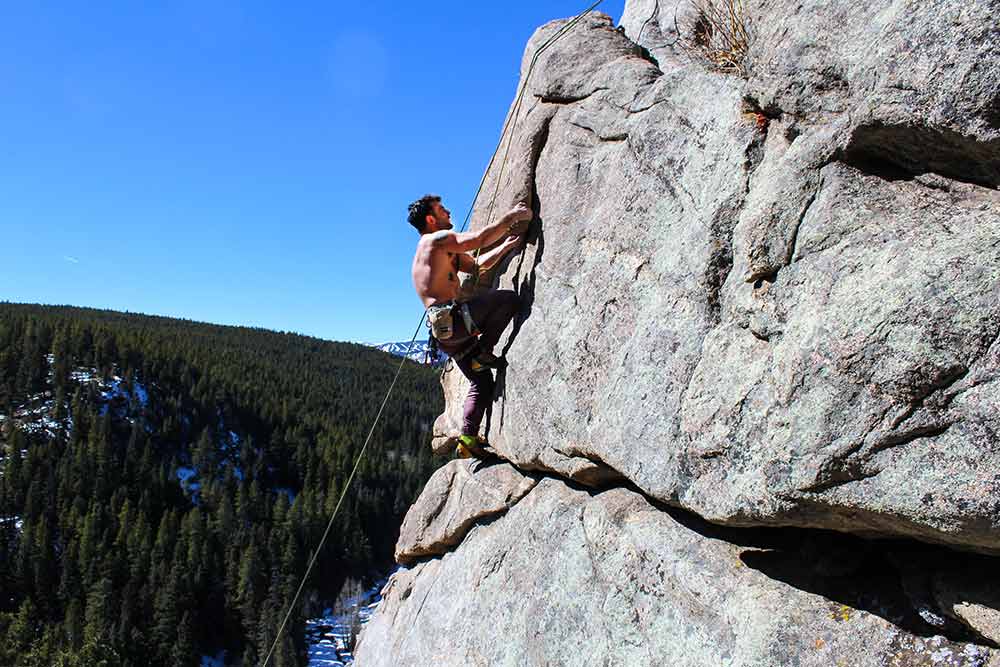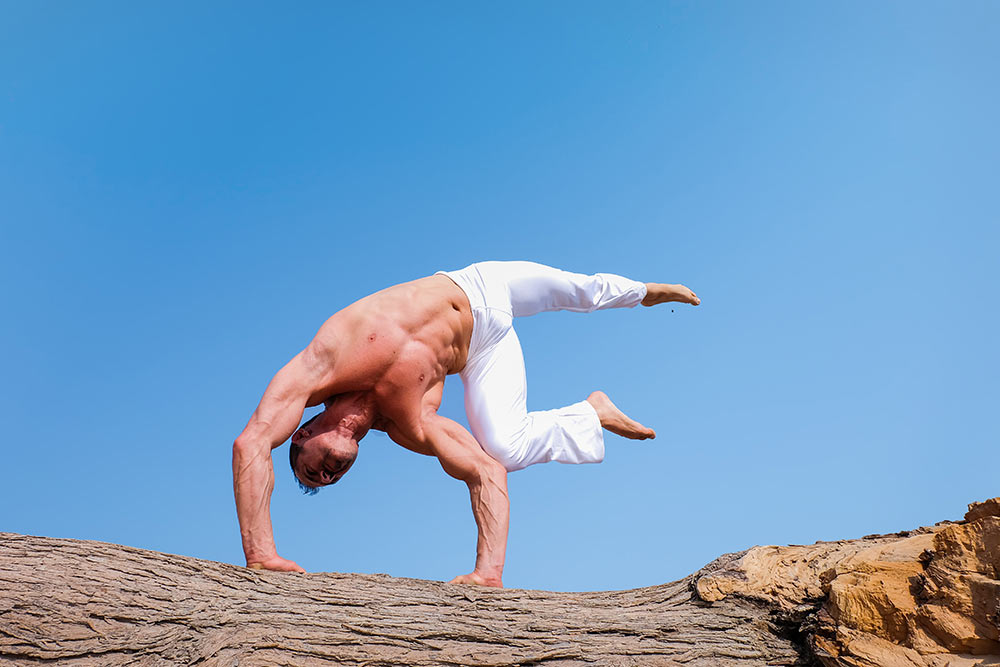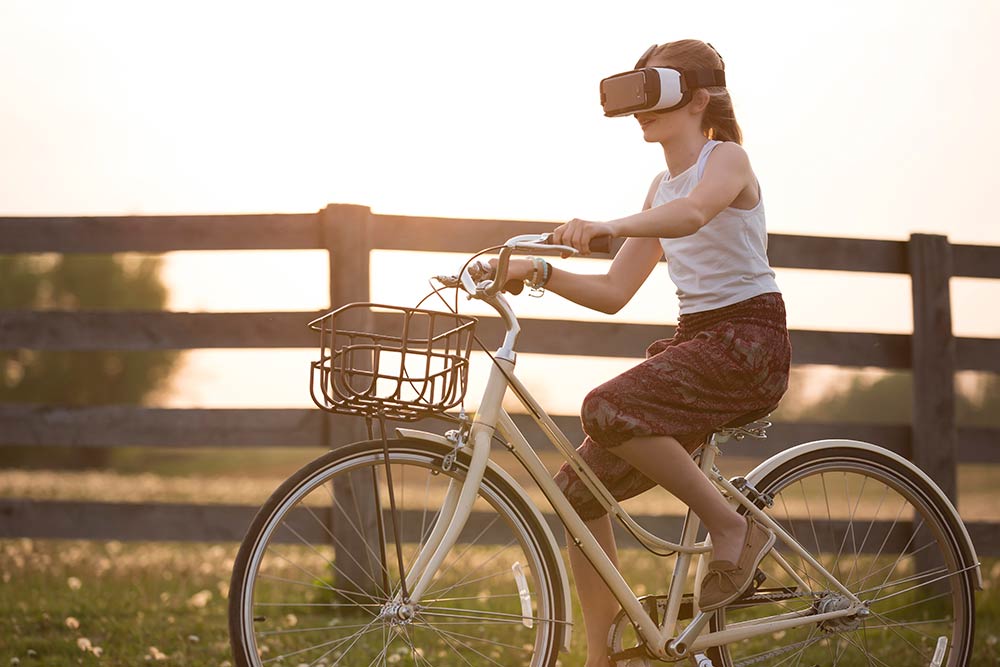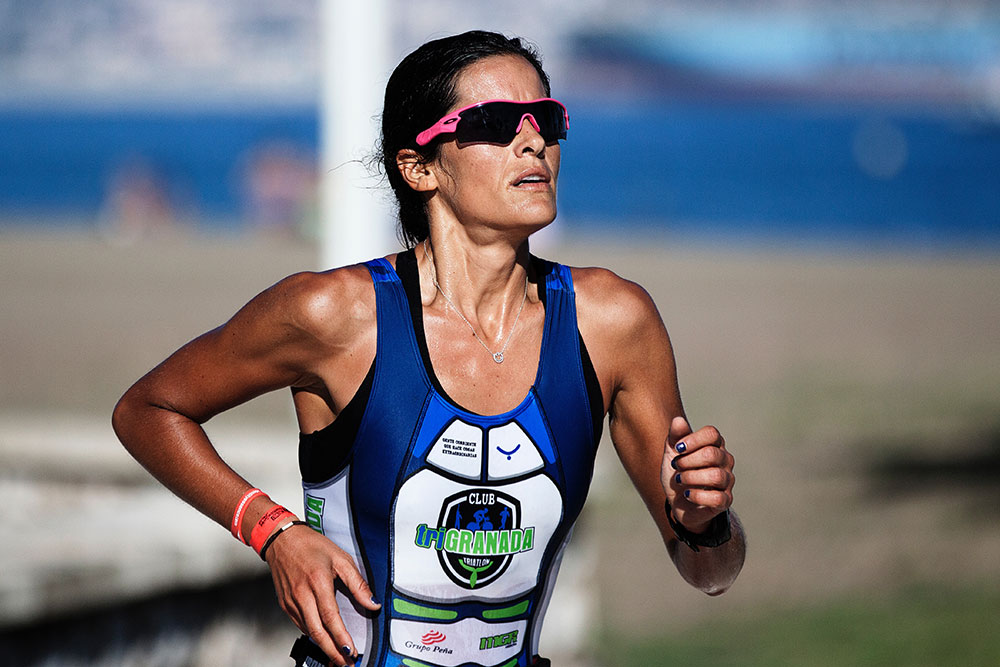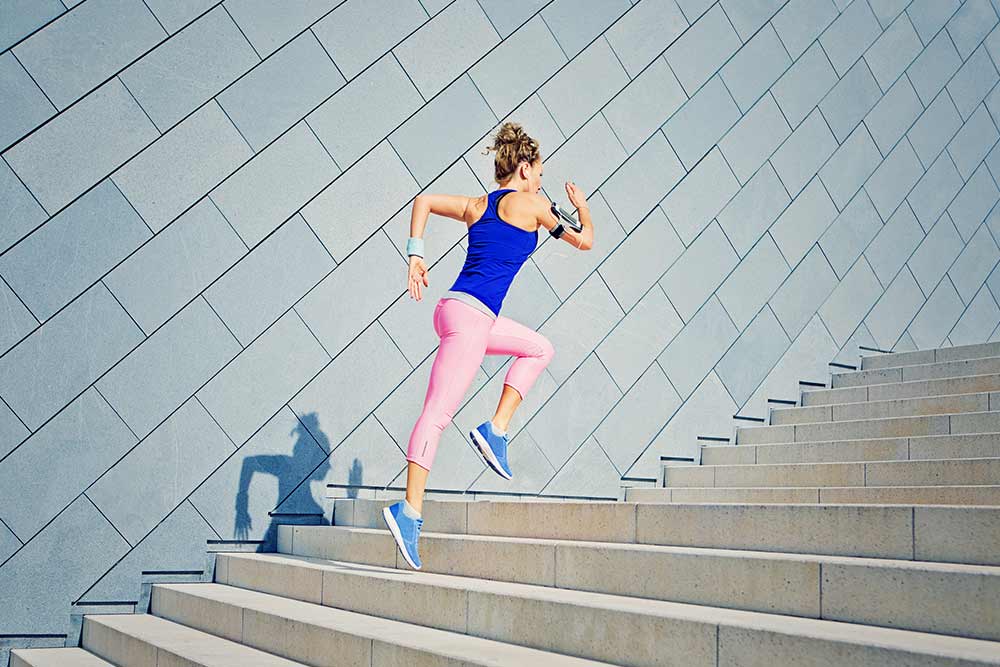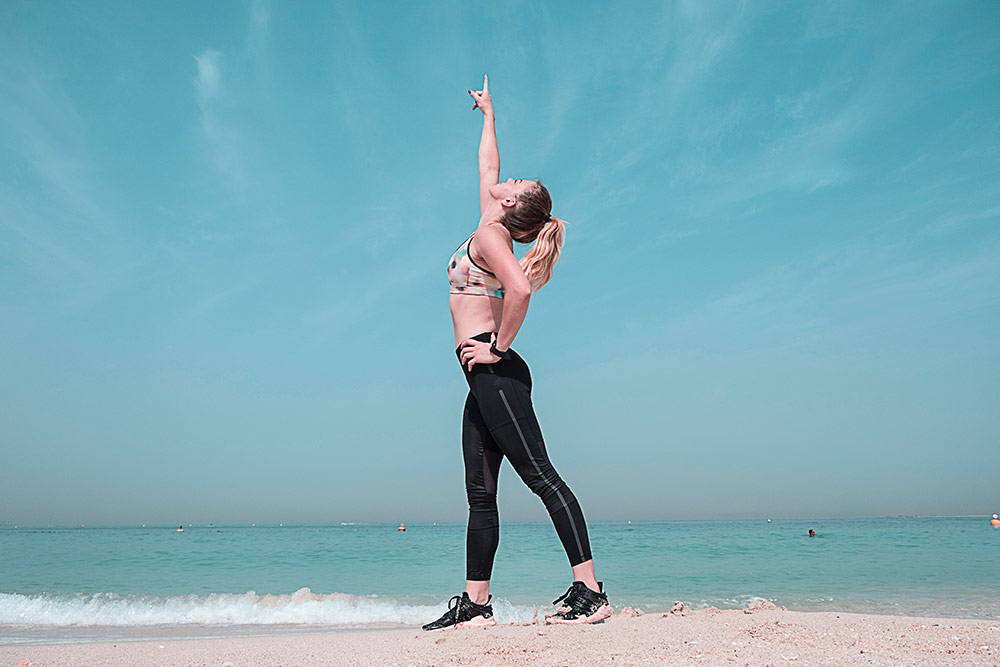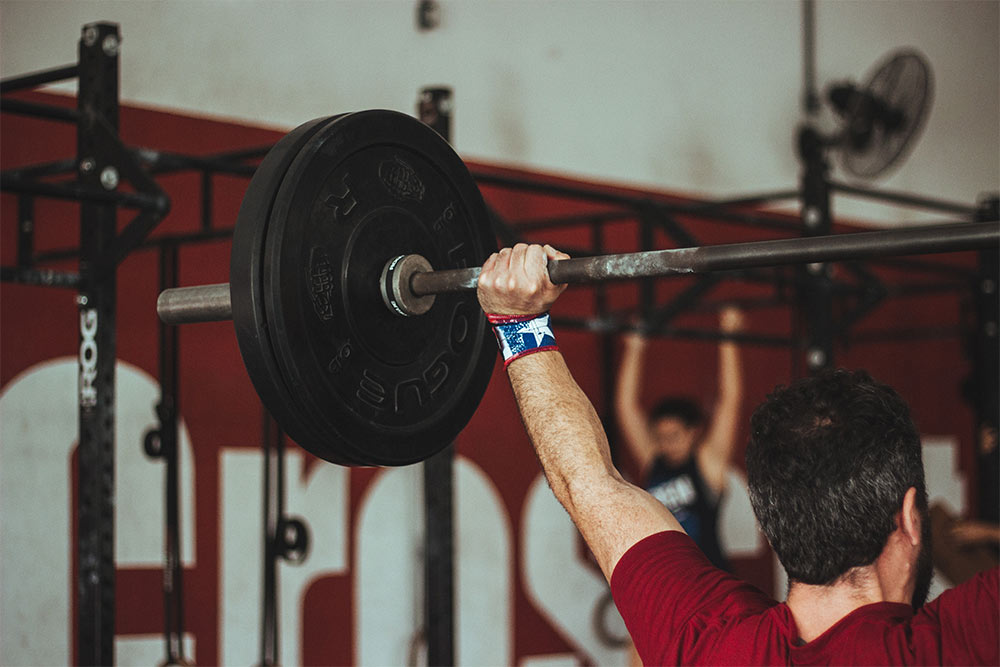Stand Up Paddle Boarding Physical And Mental Benefits
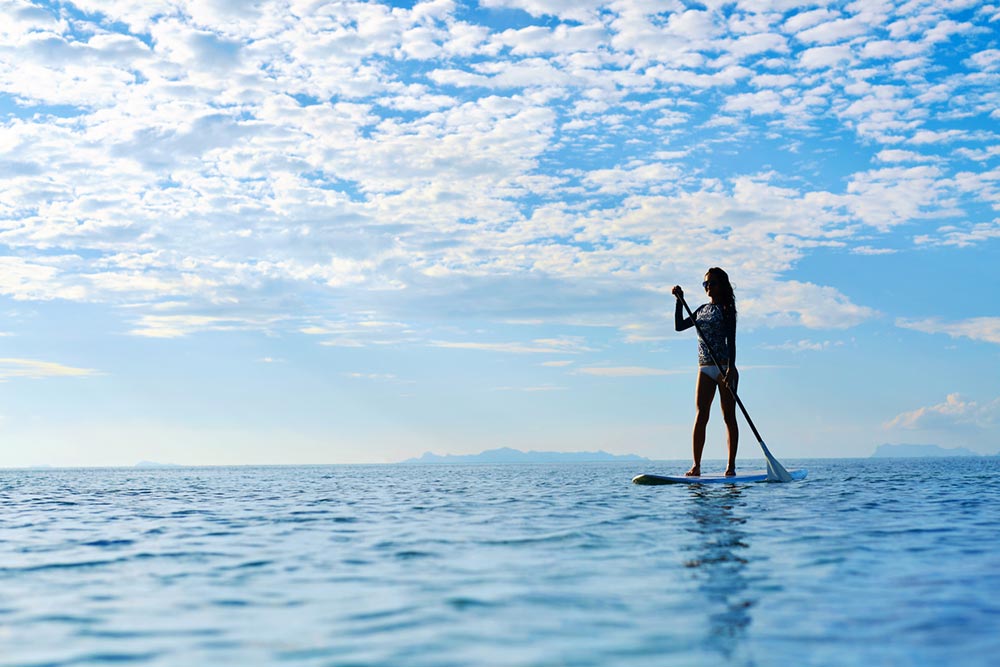
Sara Thompson – M.Sc. in Exercise Science
 With summer on its way, it’s time to put away the skis, snowshoes and toboggans and get ready for some summer activities.
With summer on its way, it’s time to put away the skis, snowshoes and toboggans and get ready for some summer activities.
One summer sport that is rapidly increasing in popularity is stand up paddle boarding. Stand up paddle boarding (SUP) involves standing on a surface similar to a surfboard, while using a large canoe-like paddle to propel through the water.
In addition to being a fun outdoor activity, many people find that SUP is a good workout. This is because balance is required to stay on the board, not to mention the importance of strength and stamina to move the board across the water.
Indeed, Schram and colleagues have measured high levels of aerobic and anaerobic fitness, muscle strength, and balance in paddle boarders (Schram et al., 2016).
However, due to its relatively new existence, there haven’t been any studies to date that have measured the possible health benefits after a SUP training intervention.
The SUP Study
Therefore, the same research group aimed to test this research question (Schram et al., 2016a). Male and female sedentary individuals between the ages of 18 and 60 were recruited for this study.
Each participant completed physical assessments before and after the 6-week SUP intervention. The 6-week training period consisted of three 1-hour paddle board sessions per week. The difficulty of the training increased throughout the training period in order to maintain consistent intensity.
This included:
-
Decreasing the size of the board
-
Increasing the high-intensity portion of the workout
-
Lengthening the distance covered during the long-distance paddles
*Participants did not engage in any other form of physical activity throughout the intervention.
Physical Assessments
Each physical assessment consisted of:
-
Body composition
-
Blood lipid profile
-
Aerobic capacity
-
Anaerobic capacity
-
Core strength
-
Balance assessments
Aerobic and anaerobic capacities were assessed with a stand up paddle board-specific ergometer. An incremental test was used to determine aerobic fitness (VO2max) and sprint tests were used to measure maximum power and speed obtained during 10-second sprints. Static and dynamic balance was assessed with a force plate that measured postural sway, while bridge poses were used to assess core muscle endurance. Participants also completed a self-rated quality of life questionnaire to assess psychological health.
The Results
Thirteen participants completed the study (mean age 46.15±11.63 years). After the 6-week SUP intervention, participants had significant improvements in: aerobic fitness, anaerobic fitness, and core muscle endurance.
Additionally, these individuals had improved quality of life in both physical and psychological areas.
Surprisingly, participants did not improve their static or dynamic balance following the intervention, nor were there improvements in body composition or blood lipid profile. The researchers argue that the training period might have been too short to elicit improvements in these variables.
Takeaway
This study demonstrates for the first time that in addition to being an enjoyable activity, SUP can improve health in previously sedentary individuals.
It’s a all in one workout that incorporates:
-
Sprinting
-
Endurance
-
Strength
as evidenced by improvements in aerobic and anaerobic fitness, and muscle endurance. Most importantly, this sport is widely available in most parts of the world, is easy to learn, and is something that the whole family can try together!
Forever Fit Science Approved Paddle Boards
Related Article: A Fun Alternative: Trampoline Workouts
(adsbygoogle = window.adsbygoogle || []).push({});
You Might Like:
Effects of Outdoor Exercise
Catherine O’Brien Why Does Exercising Outdoors Feel So Much Better? I have always been a proponent of outdoor exercise, particularly running. There is something so satisfying and therapeutic about the fresh air and the sound...Cold ~ Hard ~ Ice Climbing in the San Juans
Hank Shell The sound of tearing fabric reached my ear, as it always does, with the delicacy of a lover’s whisper. It was an unintelligible anomaly, mired as it was in the din of the...6 Ideas To Stay Active This Fall
Hank Shell Turkey Day has passed, and if you’re anything like me, you’ll spend the holidays in a cycle of binge eating and collapsing into a food coma, exercise be damned. Here in beautiful Telluride,...Ski Training Magic Part 1: Leg Blasters
Hank Shell It’s that time of year again. The days are getting shorter, snow is falling in the mountains, and I have a couple thousand hard-earned dollars just burning a hole in my pocket. Yes,...10 Trails to Visit This Summer
By: Hank Shell Here are a few of our favorite trails to visit this summer: 1) Titcomb Basin Location: Pinedale, WY Distance: 27.9 miles Difficulty: Strenuous Approaching Wyoming’s Wind River Range from the south...Stand Up Paddle Boarding Physical And Mental Benefits
Sara Thompson – M.Sc. in Exercise Science With summer on its way, it’s time to put away the skis, snowshoes and toboggans and get ready for some summer activities. One summer sport that is rapidly...References
Schram, B., Hing, W., Climstein, M. (2016). Profiling the sport of stand-up paddle boarding. J Sports Sci, 34(10), 937–944.
Schram, B., Hing, W., & Climstein, M. (2016a). The physiological, musculoskeletal and
psychological effects of stand up paddle boarding. BMC Sports Science, Medicine and Rehabilitation, 10(8), 32.
(adsbygoogle = window.adsbygoogle || []).push({});







